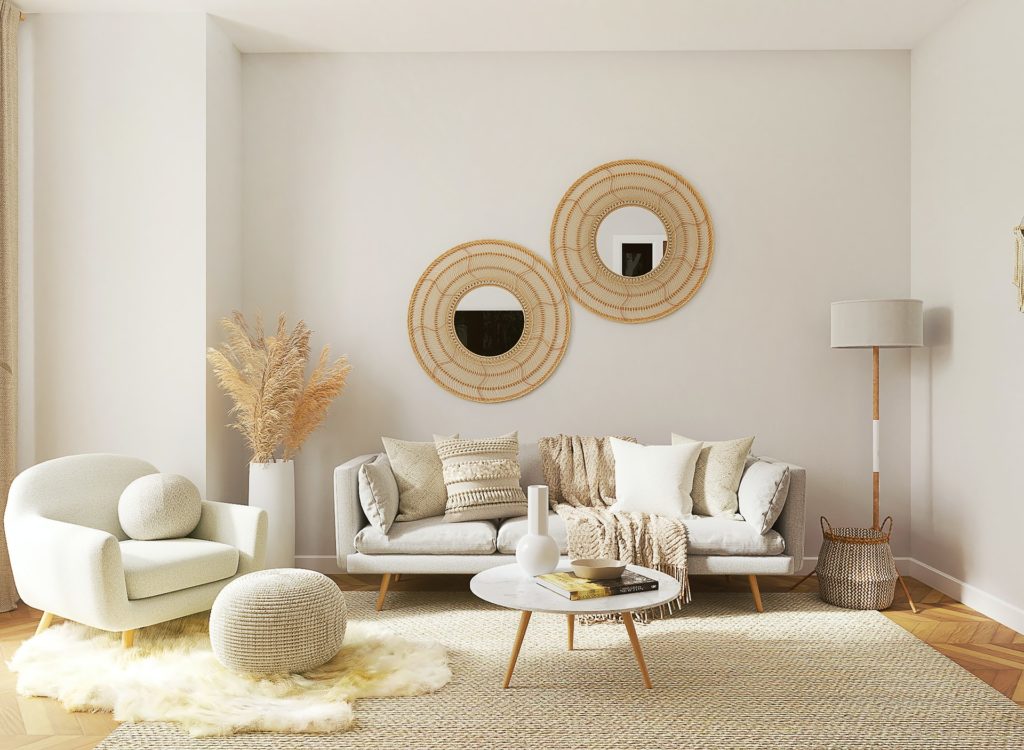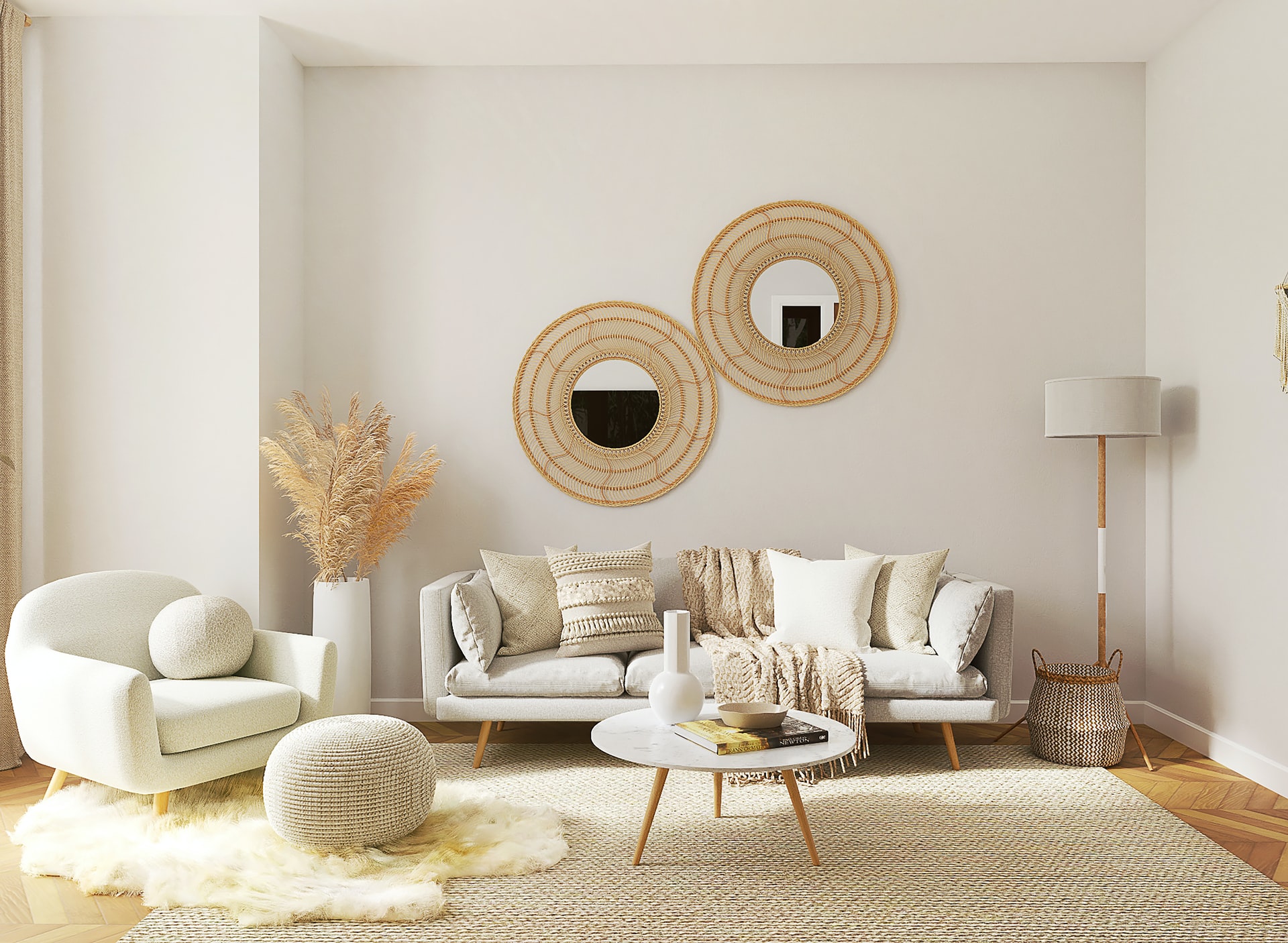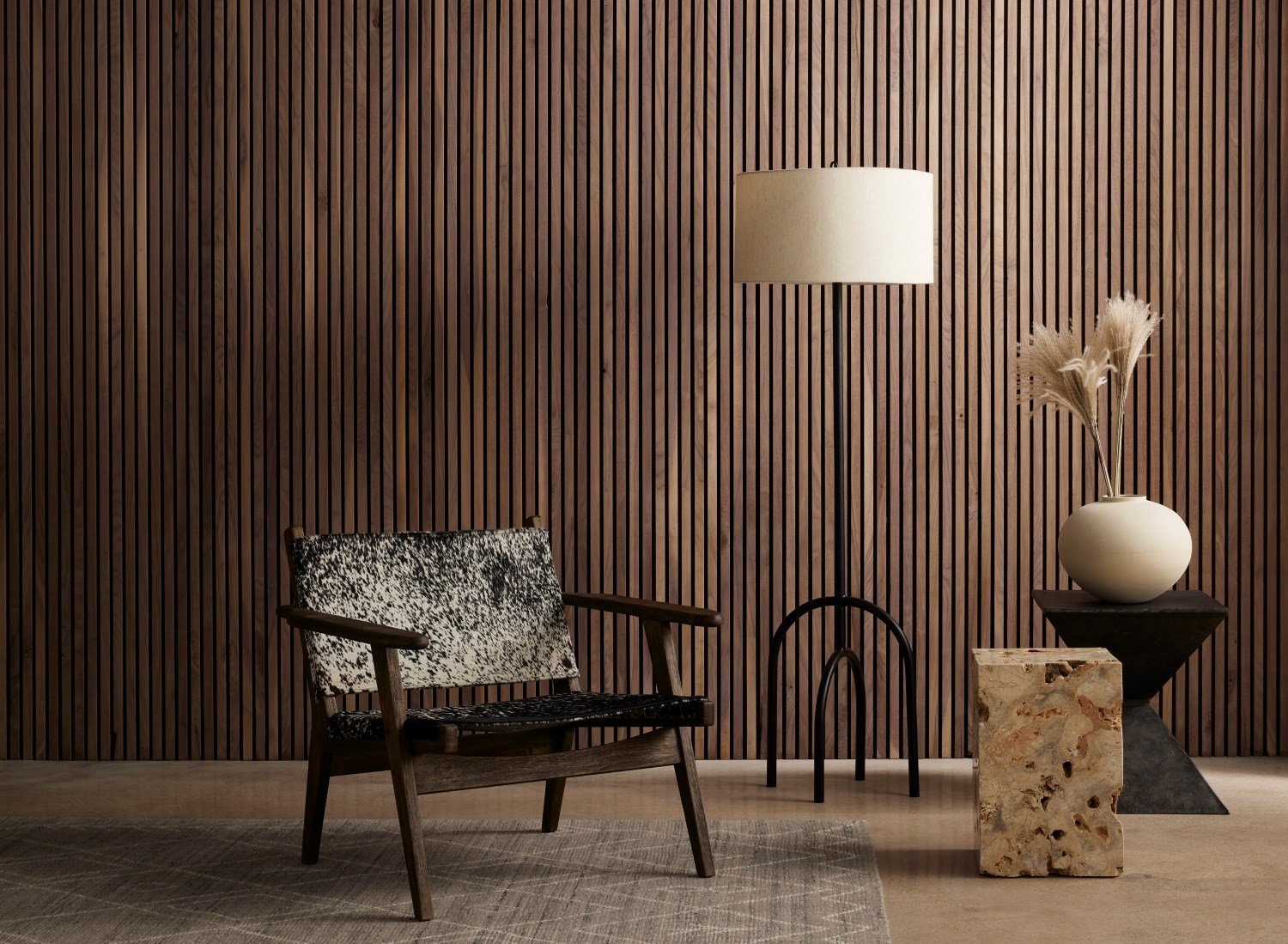Textures play a crucial role in adding depth and visual interest to interior spaces. They contribute to the overall ambiance and affect how a room feels.
In the realm of interior decorating, textures are often the unsung heroes that transform a space from flat to dynamic. Imagine entering a room where every surface is sleek and smooth – it might feel sterile and uninviting. Now picture that same room with plush rugs, grainy wood, nubby linens, and soft velvet cushions.
Textures are the elements that add warmth and personality, inviting touch and enhancing the visual palette. By layering a variety of textures, designers create environments that are not only aesthetically pleasing but also tactilely rich. Whether for a lavish living room or a minimalist bedroom, textures are the subtle details that give each space a unique fingerprint. As we craft content to underscore the importance of texture in decorating, we aim to elucidate how it shapes the character of interiors and influences our experience within them.
Introduction To Texture In Interiors
Texture plays a vital role in interior decorating. It refers to the surface quality of an object. Textures can be visual, such as patterns, or tactile, like the feel of a rug. They add depth and dimension to a room.
The right blend of textures creates a cohesive look. It makes spaces more inviting. Soft fabrics and rough finishes can contrast beautifully. Textured elements should be balanced to achieve harmony. This balance affects how we experience a space with our senses. A room’s ambiance is tied to its textures. They can make a room cozy or sleek. People feel textures with their eyes and touch. This sensory impact is powerful.

Credit: luxevictoria.ca
The Psychology Behind Textures
Textures in interior design invoke emotions and influence behavior. Soft textures often bring a sense of comfort and can calm the mind. Conversely, rough textures might stimulate and energize a space. The combination of textures provides contrast that can enhance emotional responses.
Imagine touching a velvet throw pillow versus a stone wall. The velvet suggests warmth and luxury. The stone, firmness and durability. Using different textures side by side can create feelings of balance and intrigue in a room. The visual interest coming from varied surfaces affects our mood. It keeps our surroundings dynamic and engaging. Such strategies influence moods subtly, yet significantly.
Types Of Textures In Interior Design
Textures play a pivotal role in interior design. They add depth and character to a room. Natural textures, like wood and stone, bring a warm and inviting atmosphere. Synthetic textures, such as acrylic or polyester, offer durability and versatility.
Different textures affect the mood and look of a space. Smooth textures like polished metal or glass reflect light, giving a clean and modern touch. Rough textures, found in materials like burlap or unfinished wood, add a rustic feel. Soft textures, commonly seen in plush rugs or cushions, create a cozy and welcoming environment. Hard textures such as concrete or brick make a statement and provide structural integrity.

Credit: luxevictoria.ca
Incorporating Textures Into Different Design Styles
Textures play a crucial role in modern and contemporary designs by adding depth and interest to a room. Sleek, glossy finishes are often softened with natural fabrics like linen or wool. Smooth metal or glass contrasts dramatically with coarse stone or wood, creating a sensory experience that is both visually appealing and tactile. These elements bring warmth and life to minimalist spaces.
In traditional and rustic designs, texture serves as the backbone, infusing spaces with coziness and charm. Rich, layered textures, such as knotted woods and handwoven textiles, reflect a connection to nature and history. Leather and stone are often seen, providing durability and rustic elegance. Intricate embroideries and plush materials enhance spaces with a homely atmosphere.
The Role Of Textures In Color Schemes
Textures play a crucial role in interior decorating, especially within color schemes. They can turn a flat design into a rich tapestry of colors and feelings. Textures add depth and complexity to monochromatic spaces. Think of a room dressed in soothing whites with fluffy pillows, woven throws, and a shaggy rug. All white, yet so different in touch and look.
Textures also allow colors to stand out or blend in. A rough, matte texture can subdue a bright color, while a smooth, shiny texture makes a muted color pop. It’s about balancing complementing and contrasting elements to create an inviting space. Pairing velvet with coarse linens can highlight the warmth of your color palette, while mixing silk with wool adds an exciting twist.
Textural Elements In Functional Spaces
Textures play a crucial role in interior decorating, providing depth and warmth. Areas with lots of use, like living rooms and kitchens, need resilient and easy-to-clean textures. Consider materials such as leather, microfiber, or woven synthetics for these spaces. They stand up well to daily wear and tear. On the other hand, bedrooms and studies invite more delicate and luxurious textures. Options such as velvet, silk, or high-thread-count linens are perfect here. They bring comfort and quiet elegance to these personal retreats.
Choosing textures requires a balance between style and function. For instance, cushion covers in a family room should be durable, perhaps with removable, washable covers. Contrastingly, throw pillows in a master bedroom can feature intricate patterns and softer materials that aren’t meant for heavy use. This approach ensures spaces are designed not only to look appealing but also to withstand the demands of daily life.
Lighting And Its Interaction With Textures
The interplay between light and shadows is crucial in interior design. Textured surfaces create visual depth and interest. The right lighting can accentuate these textures, bringing out the fine details.
Strategic lighting placement is key. It highlights textural elements like fabrics or wall finishes. Direct light can enhance rough textures. Soft, diffused light exposes the subtleties in smoother textures.
Consider using angled lights for shadow effects. This can make a flat wall appear dynamic. Aim for a balance of light and shadow. It adds character and life to a room’s design.
Mixing And Matching Textures
Interior decorating thrives on the use of different textures. To master texture layering, consider the scale and contrast of various textures. Pair smooth elements with coarse ones, such as silk throw pillows on a rough linen sofa. Ensure no single texture overwhelms a room.
Create a cohesive look by repeating textures in subtle ways. A woven basket might echo a wicker chair pattern. Diversify texture placement across vertical and horizontal planes. A fluffy rug can balance a textured wall hanging. This layering brings depth and interest without clutter.
Tactile Considerations In Textured Design
The sense of touch plays a vital role in perceiving a space. Textures in interior decorating engage this sense. They can comfort or stimulate occupants. Different textures evoke distinct emotions and reactions, influencing the overall atmosphere of a room.
Choosing touch-friendly textures for furnishings is essential. Soft, plush materials invite relaxation on couches and rugs. Smooth, clean surfaces function well for tables and counters. Textures should be practical for use and easy to maintain. The right selection contributes to a space’s comfort and aesthetic appeal.

Credit: blog.zeelproject.com
Maintaining And Caring For Textured Surfaces
Maintaining textured surfaces requires a gentle touch and proper care. Different textures, such as velvet, suede, and rough stone, each demand a unique cleaning method. Soft fabrics often benefit from vacuuming with a brush attachment to remove dust without causing damage.
To tackle stubborn stains on harder textures, non-abrasive cleaners paired with soft cloths are key. Regular dusting prevents buildup and keeps the textures looking fresh. It’s also important to address spills immediately to prevent permanent marks.
Ensuring sustainability of these materials involves using eco-friendly cleaning solutions and avoiding harsh chemicals. Choose products that are gentle on both the material and the environment. By doing so, these unique elements can be preserved for a long time, thereby extending their lifespan and maintaining their beauty within your decor.
Frequently Asked Questions On The Importance Of Textures In Interior Decorating
Why Is Texture Important In Interior Design?
Texture adds depth and interest to interior design, elevating aesthetic appeal. It engages the senses, contributing to a room’s overall ambiance and comfort. Texture variation can define spaces and influence mood, enhancing an interior’s visual and tactile experience.
What Benefit Can Texture Bring To A Design?
Texture adds depth and interest to design, enhancing visual appeal and engaging the viewer’s sense of touch, even if only visually. It can also emphasize certain areas, guiding the audience’s focus.
Why Is It Important To Add Texture?
Adding texture enhances visual interest and depth, creating a dynamic appeal that draws attention and can improve user engagement. It differentiates elements, guiding viewers’ focus and providing a tactile quality to visual content.
Conclusion
Textures bring life to interior spaces, offering depth and warmth. They are vital for a cohesive design, inviting touch and interest. Remember, a mix of textures enriches your decor, reflecting personality and style. Keep experimenting; the perfect balance can transform a room from flat to fabulous.
Embrace texture for captivating interiors.


